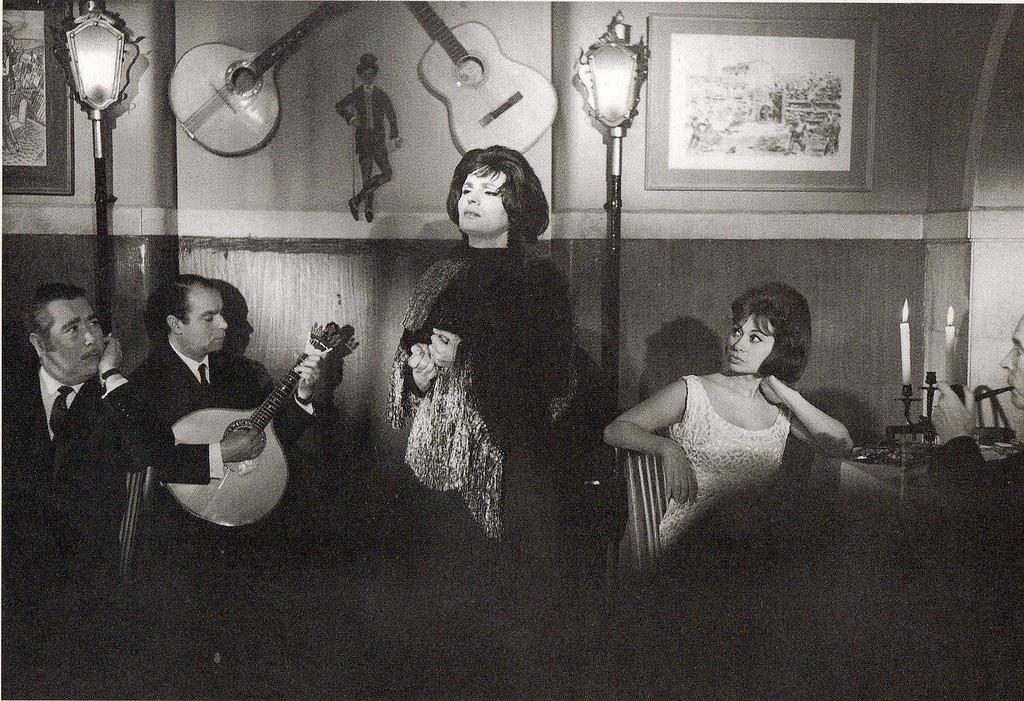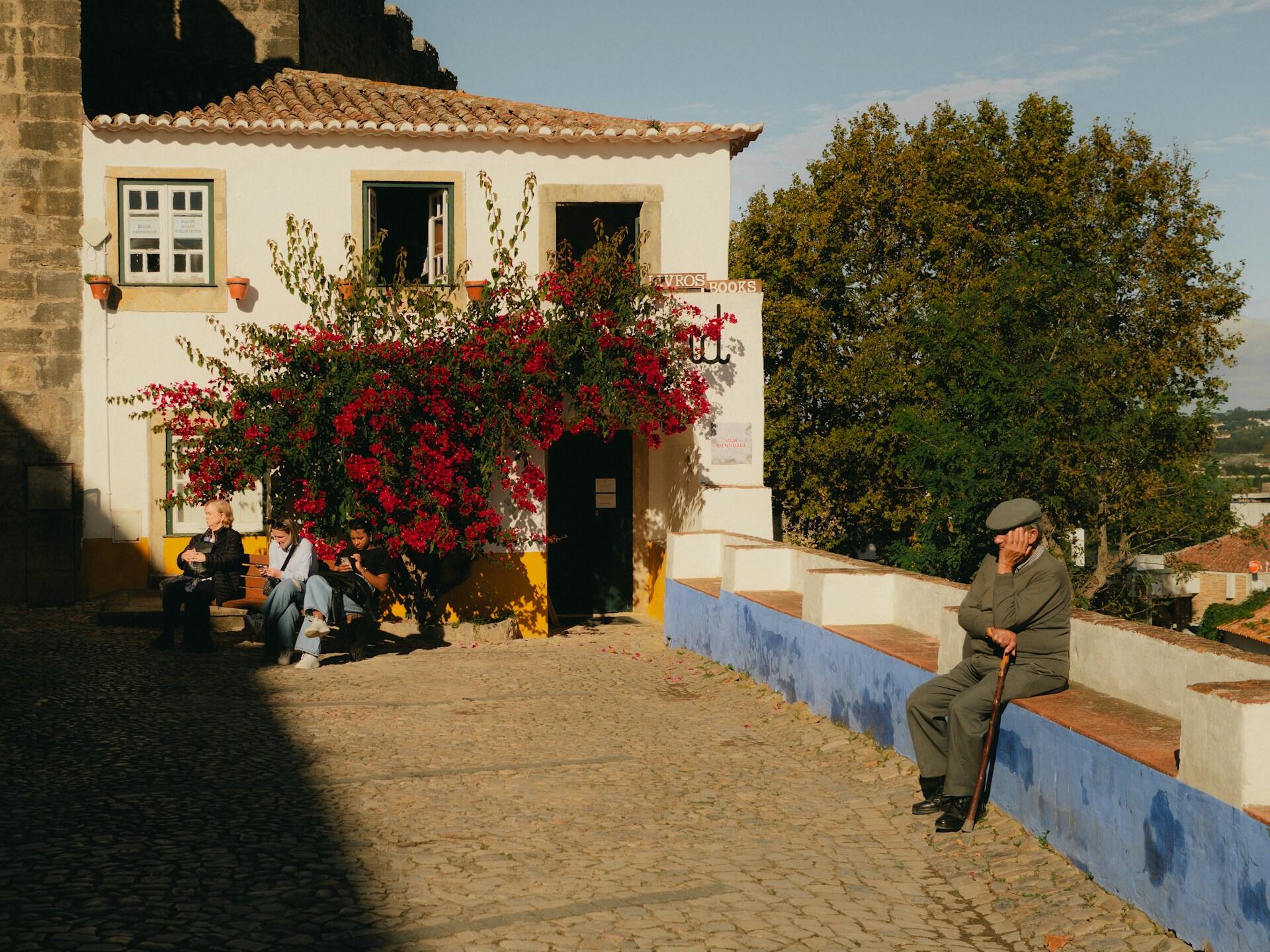Key Takeaways: Top 5 Most Famous Portuguese People
- Cristiano Ronaldo - Most Outstanding Soccer Player
- Ferdinand Magellan - Explorer and Famous Navigator
- Vasco da Gama - Explorer and Navigator
- José Mourinho - Popular Soccer Coach and Manager
- Amália Rodrigues - Fado Singer and Cultural Icon
Whether you are in the capital city of Lisboa in the south of Portugal, or on the Atlantic islands of Madeira, in Brazil, or on the Iberian peninsula, you will be sure to find someone willing to name famous people from Portugal and tell you about them. From Cape Verde to Rio de Janeiro, famous Portuguese celebrities have long represented the country, both within Europe and globally.

Portugal Famous People - Navigators and Explorers
During the Age of Discovery in the 15th century, the Portuguese Empire was one of the major powers. It saw the discovery of the Americas by Christopher Columbus and a number of important voyages of discovery by famous people from Portugal.
Henry the Navigator
Prince Henry of Portugal, more commonly known as Prince Henry the Navigator, played a pivotal role in Portuguese exploration and colonization. He was the fourth child of King John I of Portugal and an important counselor to his father. Fascinated with trade routes, he encouraged his father to gain a foothold in the Sahara trade by conquering Ceuta, a port on the North African coast just across the Straits of Gibraltar.
He sponsored many great naval expeditions that refined knowledge of the North Atlantic trade winds, thereby improving navigational data for circumnavigating Africa. Under his brother Edwards, he was granted the rights to all trading profits from the regions he discovered as well as a monopoly on tuna in the Algarve.
One of Prince Henry's expeditions actually meant to locate the source of the merchant caravans of the gold trade that ended in Ceuta, was blown off course and discovered the islands of Porto Santo and Madeira. Expeditions financed by Prince Henry the Navigator also discovered more North Atlantic islands, including the Azores Islands, which one-upped Spain's claim to the Canary Islands, and the Cape Verde Islands.
Hugging the African coastline, they eventually discovered the origin of the Muslim traders' gold, enriching Portugal while devastating Algiers and Tunis. By the time he died in 1460, explorers from Portugal had made it as far south as the coast of Sierra Leone.
Find European Portuguese lessons anywhere in Canada.
Bartolomeu Dias
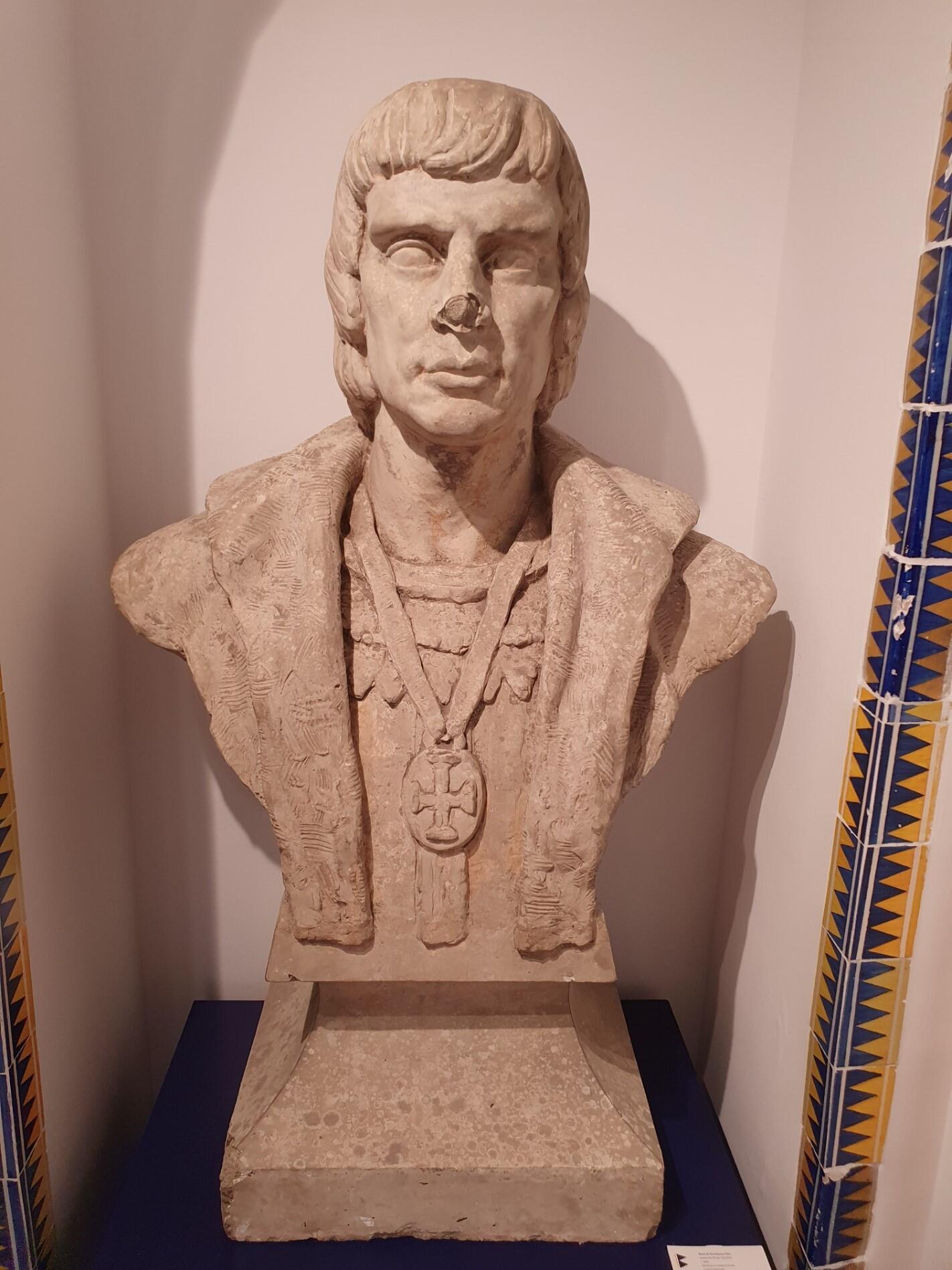
In the last decades of the 15th century, the exploration of the African coast continued. In 1488, a former squire of the Portuguese royal court was once more charged with finding the country ruled by Prester John. King John II gave him command of the man-of-war São Cristóvão which he sailed together with a second caravel, the São Pantaleão.
He sailed along the West African coast, past Angola and Namibia, before being blown quite far south during a storm and circumventing Africa, finally finding land on the eastern coast of South Africa, where he erected a padrão - a large stone cross - to commemorate the landing.
After his crew refused to go on to India, he turned back and officially discovered the Cape of Good Hope on the way home. He played an important role in equipping Vasco da Gama's expedition, though he sailed further than the Cape Verde islands on that voyage. He perished in 1500 off the Cape of Good Hope after sailing to Brazil and on to India.
Vasco da Gama
Taking the navigation data collected by Dias and a Portuguese spy in India (who had travelled there by land) Vasco da Gama was able to reach Calicut in 1498. This opened a new route for the spice trade, cutting out the middleman of overland caravans and helped the Portuguese Empire rise as a world power.
Once they had passed the Cape, they made landfall in several places, including Mozambique, where da Gama pretended to be Muslim, and Mombasa, where the crew resorted to piracy to survive. In Malindi, they found evidence of Indian traders and were able to hire a pilot who guided them the rest of the way through the Indian Ocean.
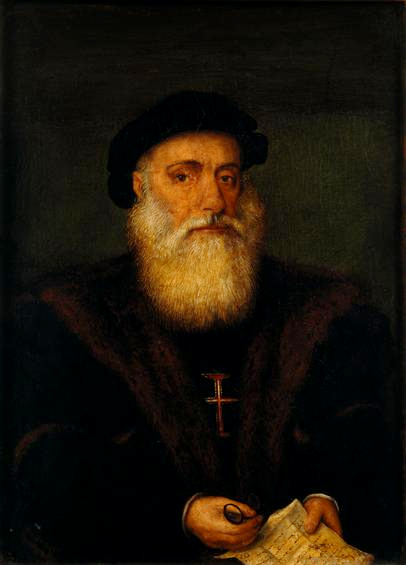
On his way back, his brother, Paulo da Gama, fell ill and eventually died. He was buried at the monastery of São Francisco at the Azores. Vasco finally made it back to Portugal in 1499.
After his second, larger expedition in 1500 - the fourth of a series of yearly Indian Armadas - da Gama waged war on Calicut's Sultan Zamorin in a brutal and merciless manner, even killing all the pilgrims aboard a ship bound for Mecca. However, he failed to secure the Sultan's cooperation and returned to Portugal in disgrace. Only when he threatened to follow Magellan's lead and defect to Spain in 1518 did King Manuel I appoint him Count of Vidigueira, the first Portuguese count not of royal blood.
Ferdinand Magellan
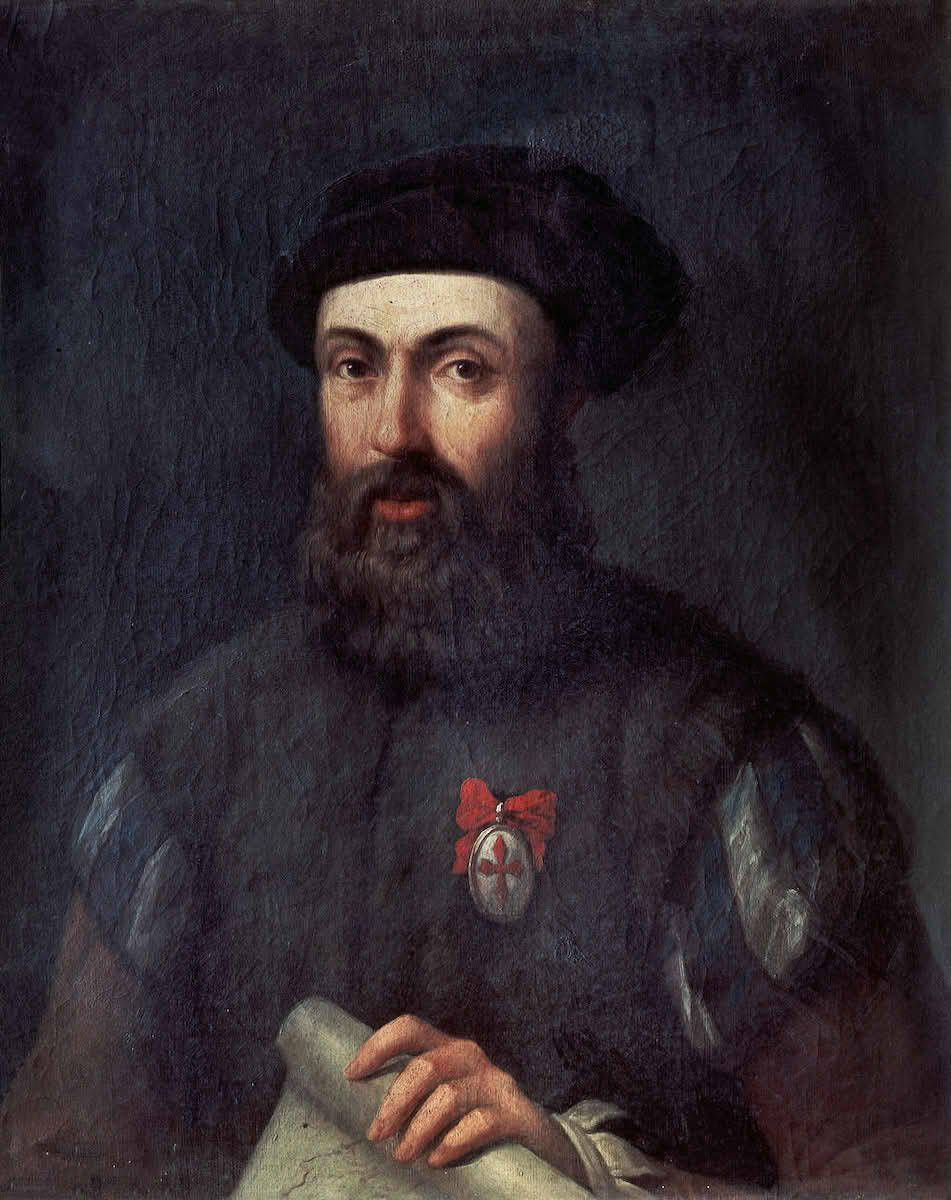
Born in 1480, a young Ferdinand Magellan worked as a sailor in India and returned to Portugal in 1512. After a dispute with King Manuel I of Portugal, he moved to Spain in 1517, where he convinced King Charles V of Spain to send him on an expedition in 1519 to find a westward route to the Spice Islands (Portugal had the eastern route to the Spice Islands due to the 1494 Treaty of Tordesillas).
Christopher Columbus had shown that there was another continent to the west, and Vasco Nuñez de Balboa had reached the Pacific Ocean in 1513 by crossing the Isthmus of Panama. Magellan sailed with a fleet of five ships in 1519.
He died in the Philippines while fighting Datu Lapu-Lapu, an enemy of Rajah Humabon of Cebu, who had befriended the Portuguese explorer and whom he had converted to Christianity. His crew continued without him, the first circumnavigation of Earth in history.
After Magellan's death, his expedition continued without him. In 1522, one of his ships arrived safely back in Spain, having completed a 60,440 km journey and achieved the first complete circumnavigation of the world.
Would you like to learn about Portugal's history? Study Portuguese online with Superprof.
Fernando Pessoa - An Icon of Portuguese Literature
Fernando António Nogueira Pessoa is a famous Portuguese poet, writer and philosopher. Pessoa was born in Lisbon on June 13 1888. His father died of tuberculosis when he was five. His mother subsequently remarried the Portuguese consul in Durban, South Africa (an English colony at the time), where he grew up. While there, he wrote his first poems and stories in English.
At the age of seventeen, he returned to Portugal to study diplomacy, a course he interrupted in 1907 after a student strike against the dictatorship of João Franco, Prime Minister at the time. Instead, he became an autodidact and tried to open his own publishing house, which failed.
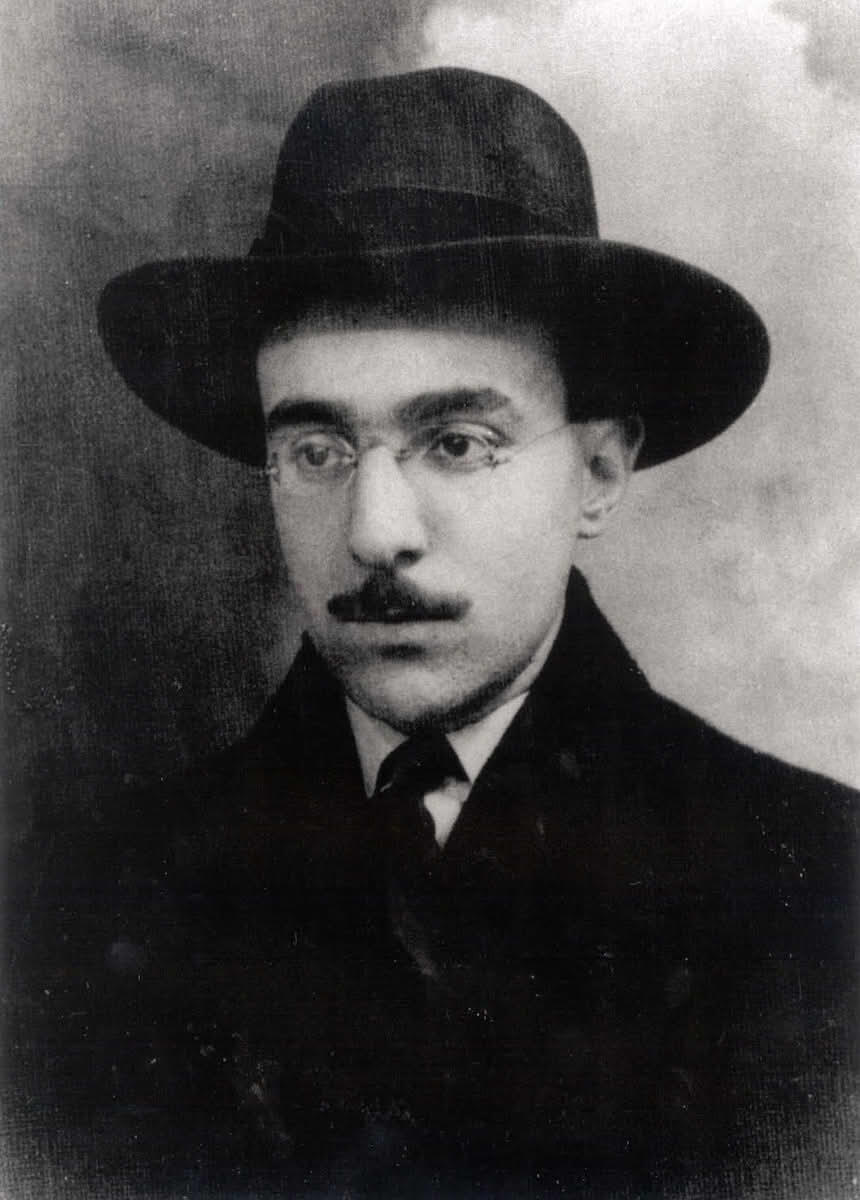
In 1912, he published his first Portuguese piece, a critical essay, in the cultural magazine A Águia. In 1915, he co-edited the literary journal Orpheu, of which only two issues were published (the proofs of a third were discovered in 1984). While working as a freelance translator, he published extensively as a literary critic, essayist, political analyst, and writer until his death in 1935.
Apart from his many articles and short pieces, he published four books in English (including a tourist guide to Lisbon) and one in Portuguese (Mensagem). Over 25,000 pages of unpublished work stored in a wooden trunk are still being edited.
Pessoa wrote under various names, or heteronyms (a term he preferred to "pseudonym", as that implies falsification, while all his noms de plume were aspects of himself). Of these, he accumulated over 70 during his lifetime.
Some of Pessoa's best-known heteronyms were:
David Merrick, one of his first heteronyms, under which he wrote while still in South Africa.
Alberto Caeiro, a poet who" sees things with the eyes only, not with the mind."
Ricardo Reis, who wrote in a more austere manner, was detached from the world.
Álvaro de Campos was more emotional than the others and represented a quest for identity.
Portuguese Artists and Painters
Portugal has a rich artistic tradition, thanks to the numerous cultural influences. From painting to sculpture, Portuguese artists have left their mark on the international art scene. Discover more about the staple of popular Portuguese culture.
Paula Rego
Dame Maria Paula Figueiroa Rego (1935-2022) was one of Portugal's most influential painters, known for her figurative artwork that explores gender, power, politics, and feminism of the late 20th and early 21st centuries. Rego was born in Lisbon under the Salazar dictatorship in 1935, but her career was spent in the United Kingdom. Rego's innovative artistic style was not within the traditional framework and challenged social norms.
Joana Vasconcelos
Born in 1971, Joana Vasconcelos is a Franco-Portuguese sculptor and multimedia artist known for her large-scale art pieces with a feminist and consumerist perspective. Vasconcelos has become a prominent name within Portuguese contemporary art, and has exhibited at the Venice Biennale and Palace of Versailles. Her best known work, Nectar, is held at the Berardo Collection Museum in Lisbon.
José Saramago
José de Sousa Saramago (1922–2010) was one of Portugal’s most celebrated writers. In 1998, he was awarded the Nobel Prize in Literature for his imaginative and ironic storytelling, which often took the form of modern parables. His novels are known for their allegorical style, offering fresh and sometimes subversive perspectives on history and society. Critics have long admired his unique voice—his stories feel at once wise and unpretentious, blending profound insights with an almost conversational tone.
More than two million copies of his books have been sold in his home country, and his works have been translated into 25 languages, allowing readers around the world to discover his thought-provoking narratives.
He was also outspoken about his beliefs. A supporter of libertarian communism and a vocal critic of institutions like the Catholic Church, the European Union, and the International Monetary Fund, Saramago often challenged the status quo. Though an atheist, he believed deeply in love as a force for improving human life.
In 1992, controversy struck when the Portuguese government removed his novel The Gospel According to Jesus Christ from an important European literary prize shortlist, arguing that the book was religiously offensive. Feeling censored, Saramago chose self-exile on the Spanish island of Lanzarote, where he lived with his wife, Spanish journalist Pilar del Río, until his death in 2010.
That same year, he also helped found the National Front for the Defense of Culture in Lisbon, showing his lifelong dedication to literature and cultural freedom.

Portuguese Soccer Players You Likely Already Know
Portugal has been home to some of the world's most talented footballers, leaving a memorable mark on soccer history. Here are three Portuguese soccer players you probably already know - and who have taken their country's name to the top of the sport.
One of the all-time most outstanding soccer players, who has won five Ballon d'Ors. Ronaldo started at Sporting CP in Lisbon, then Manchester United and other clubs, all of which he helped elevate in the rankings. Ronaldo is known for his goal-scoring ability and endurance in the sport.
Eusébio da Silva Ferreira, also known as "The Black Panther," was a Portuguese soccer icon in the 60s. Eusébio delivered European title glory for Benfica and thrust Portugal onto the world soccer stage thanks to his speed, strength, and accuracy.
Bruno Fernandes is an attacking midfielder with great vision and passing ability, which has made him a key player for both his club and the Portuguese national team. He is known for his penalty accuracy and tactical intelligence.
Find Portuguese classes Toronto here on Superprof.
Modern Portuguese Celebrities and Public Figures
Portugal has also given the world remarkable artists and celebrities in the entertainment and sports industries. These Portugal famous people have achieved international recognition for their talent and trajectory.
Daniela Ruah
Daniela Ruah is a Portuguese-American actress known for her role as Agent Kensi Blye in the hit series NCIS: Los Angeles. Born in Boston but raised in Portugal, Ruah has maintained a strong connection to her origins. Her ability to speak several languages and versatility as an actress have made her one of the most visible Portuguese figures in films and on American television.
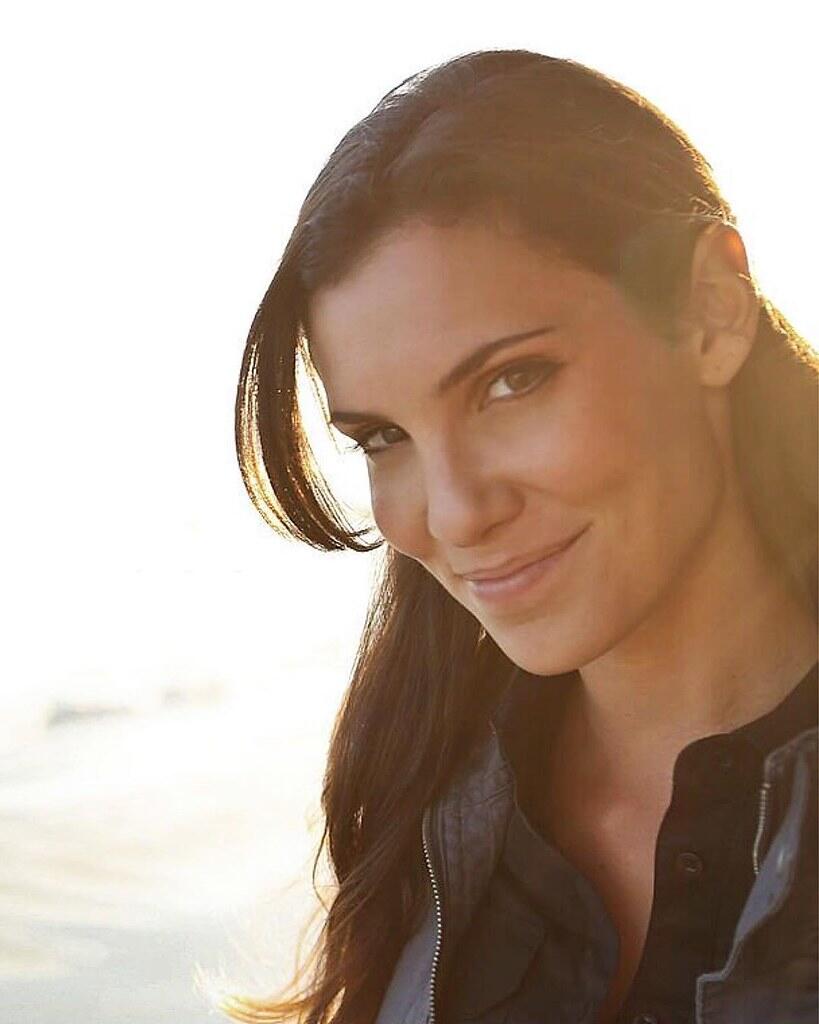
Sara Sampaio
Sara Sampaio is one of the most recognized Portuguese models globally. She became famous as one of Victoria's Secret's Angels and has been featured on the cover of major fashion magazines, including Vogue, Elle, and GQ. Born in Porto, Sara has used her platform to speak openly about mental health, body image and women's rights in the industry.

José Mourinho
Jose Mourinho is undoubtedly one of the most famous and charismatic soccer coaches in the world. Known as “The Special One”, he has managed elite clubs such as FC Porto, Chelsea, Inter Milan, Real Madrid, Manchester United, Tottenham and AS Roma, leaving his mark with multiple national and international titles.
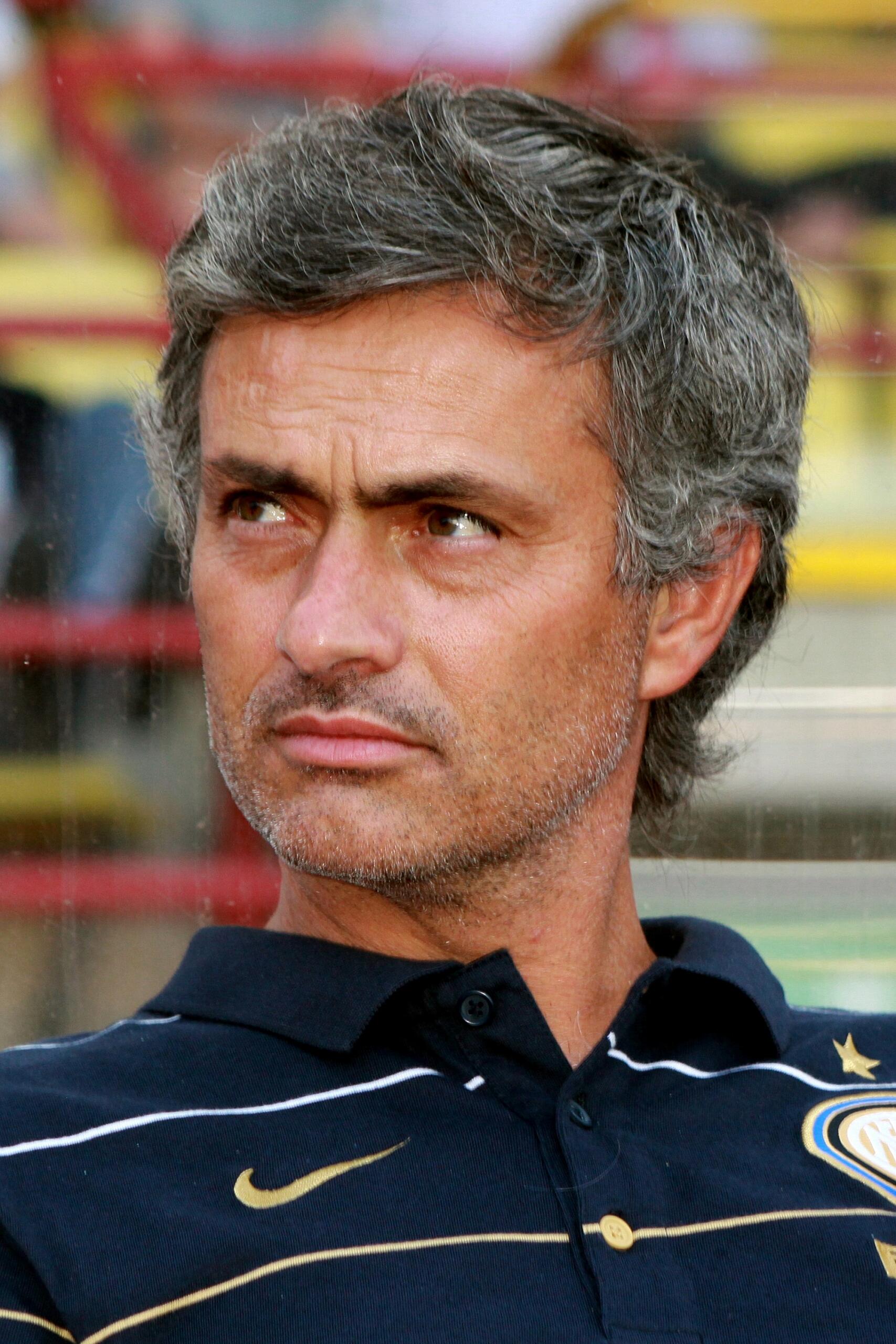
Portuguese Music Artists
Amalia Rodrigues, an icon of Portuguese music
Amalia Rodrigues is known throughout the Portuguese-speaking world. This singer and beautiful Portuguese film actress, born in Fundao in 1920 and deceased in 1999, is an icon of the fado tradition, but more as well: she represents the best of everything Portugal has to offer and is a staple of popular Portuguese culture. A true cultural icon, she has influencing Portuguese music in general.
